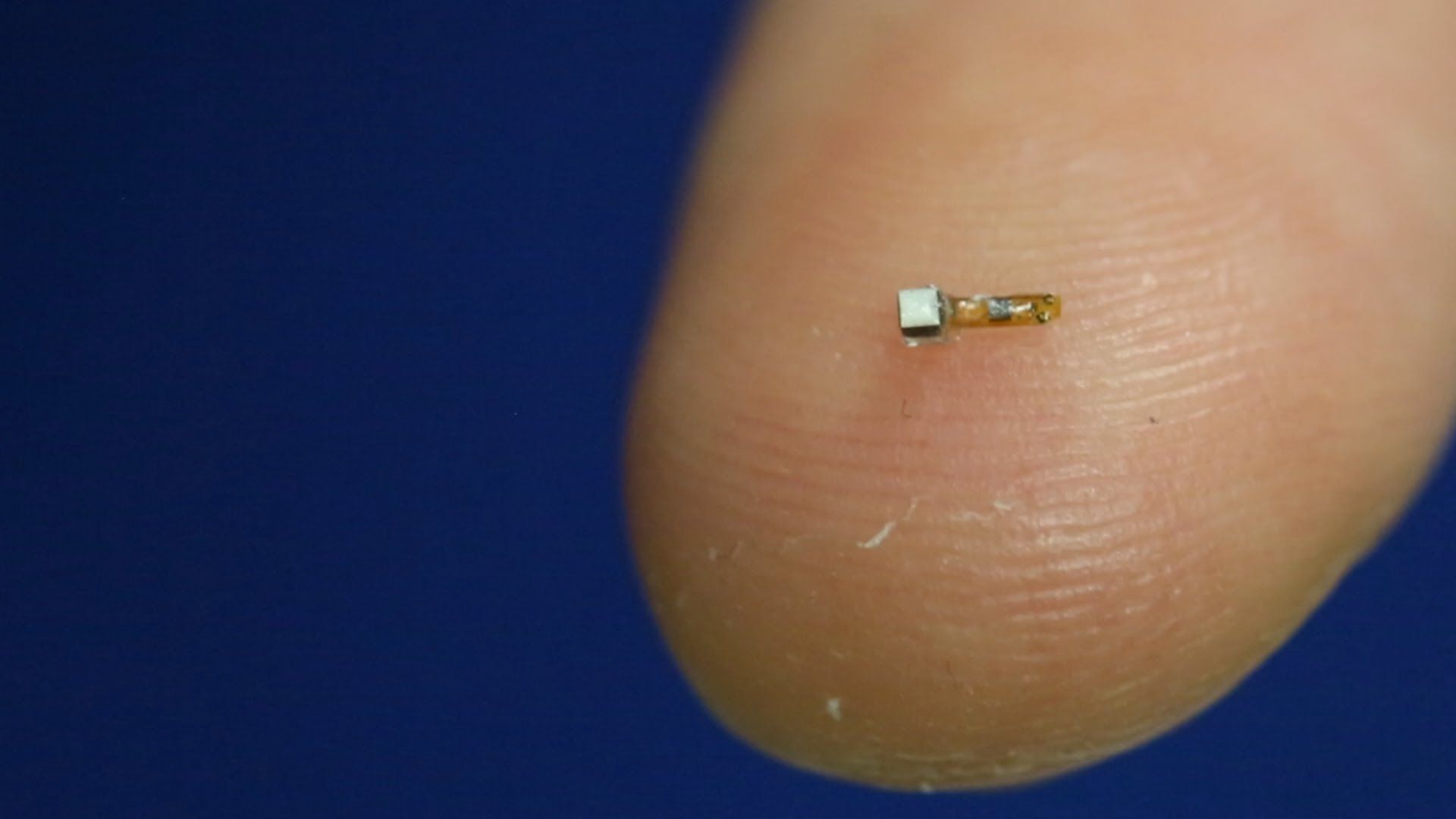Computation of motion by T4 cells in the fly brain more complex than previously believed
Max-Planck-Gesellschaft.
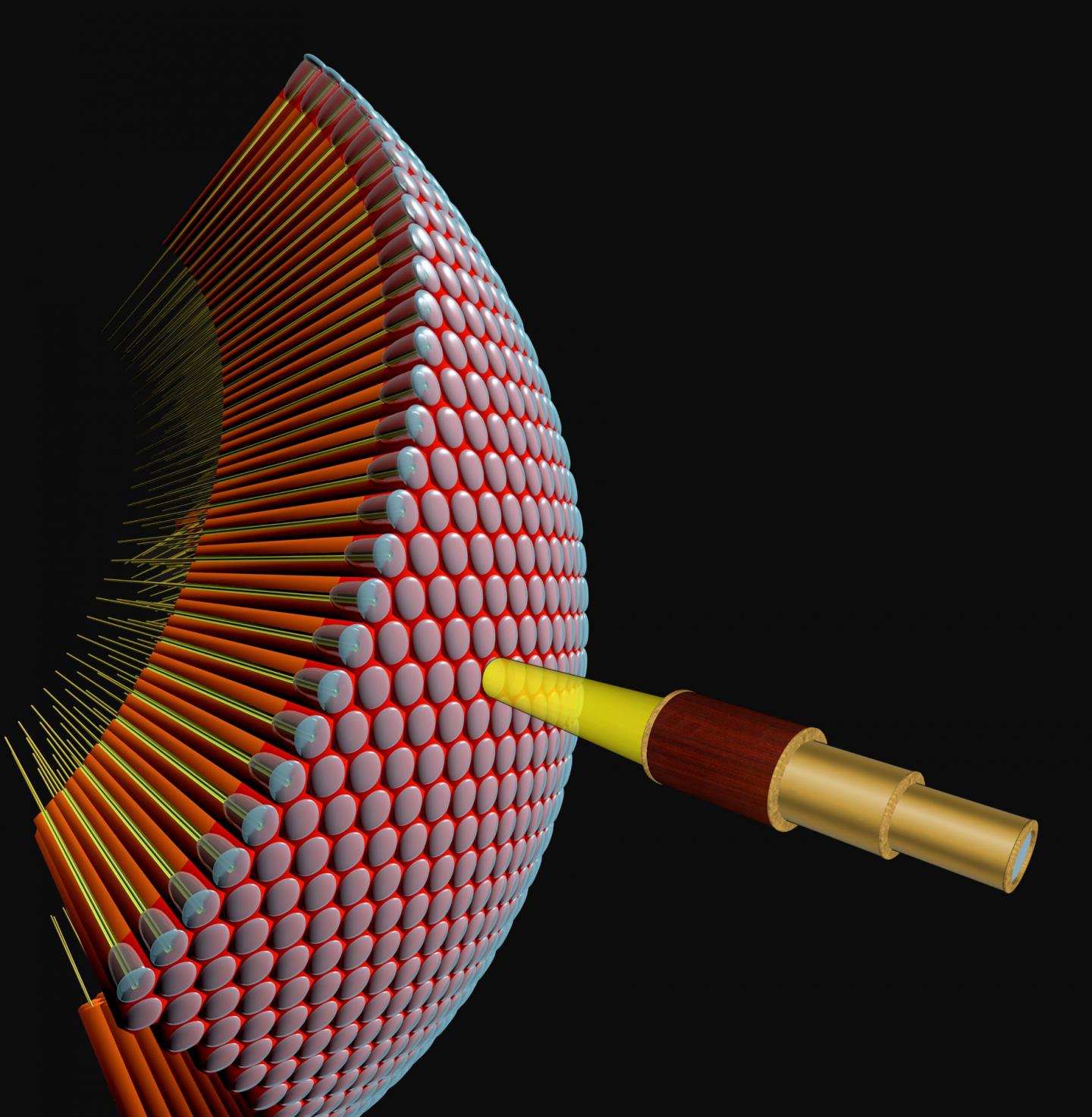

Interview conducted by April Cashin-Garbutt, MA (Cantab)
Prior to your study, how much was known about the way brain circuits develop? How has your recent study advanced our understanding?
There’s a tremendous amount known about brain circuit development. Our work was inspired by experiments that were done over 50 years ago by scientists at Harvard University, Hubel and Wiesel. They received a Nobel Prize for their work and have inspired many additional experiments over the last 50 or 60 years.

Indeed, if we set ethical and safety objections aside, genetic enhancement has the potential to bring about significant national advantages. Even marginal increases in intelligence via gene editing could have significant effects on a nation’s economic growth. Certain genes could give some athletes an edge in intense international competitions. Other genes may have an effect on violent tendencies, suggesting genetic engineering could reduce crime rates.
We may soon be able to edit people’s DNA to cure diseases like cancer, but will this lead to designer babies? If so, bioethicist G Owen Schaefer argues that China will lead the way.
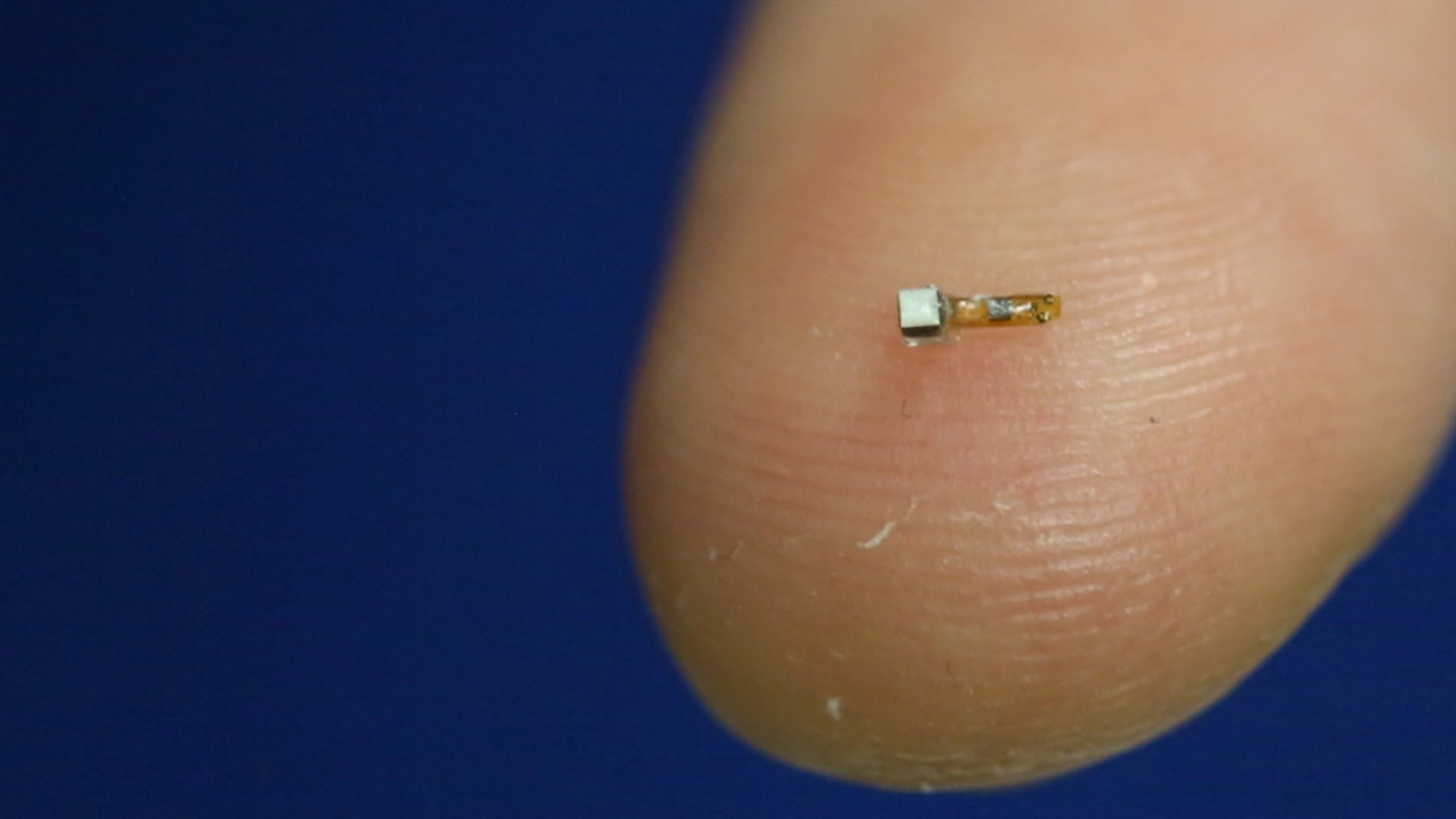
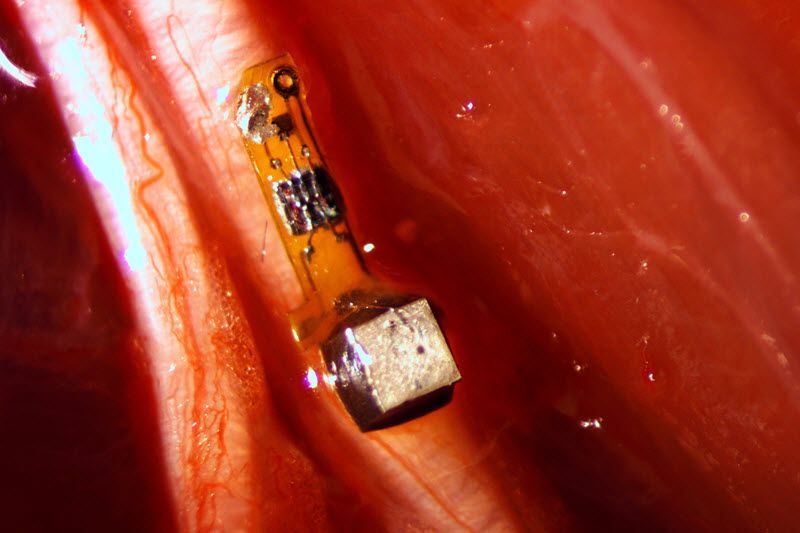
University of California, Berkeley engineers have designed and built millimeter-scale device wireless, batteryless “neural dust” sensors and implanted them in muscles and peripheral nerves of rats to make in vivo electrophysiological recordings.
The new technology opens the door to “electroceuticals” — bioelectronic methods to monitor and record wireless electromyogram (EMG) signals from muscle membranes and electroneurogram (ENG) signals from local neuron electrical activity, and to stimulate the immune system, reduce inflammation, and treat disorders such as epilepsy.

I have reported on this threat for a very long time as we see more BMI technology advance. However, one are where things could drastically reduce hacking and breeches is the migration to a Quantum based net and infrastructure.
Cyberthieves might be mining personal information from your brainwaves at this very moment.
And although this may sound like a plot from a science fiction film, it is a growing concern among researchers who have demanded officials implement a privacy and security framework to block hackers from reading our neural signals.
Experts at the University of Washington have revealed how hackerscould inserting images into dodgy apps and recording our brain’s unintentional reaction using brain-computer interfaces.
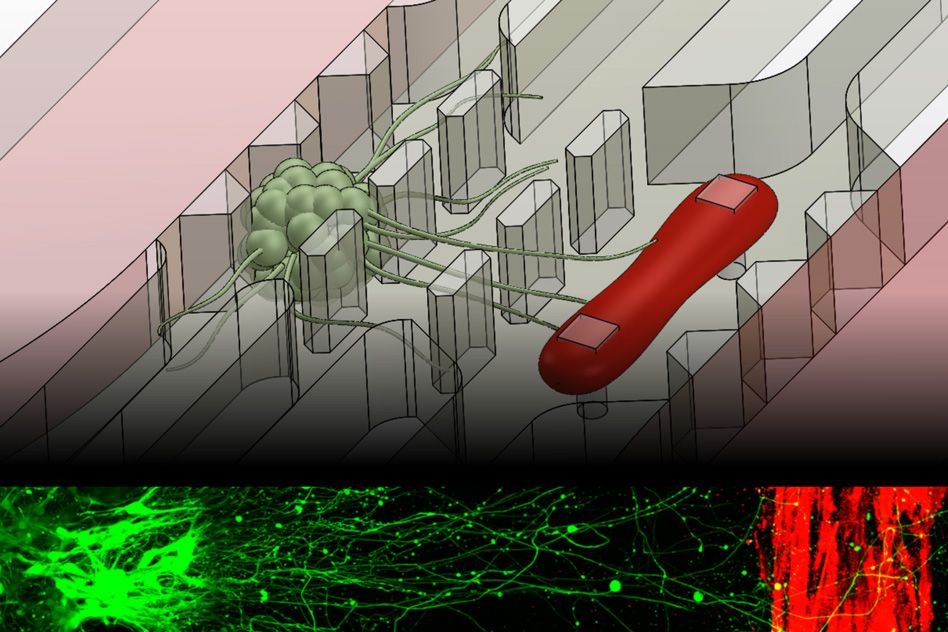
MIT engineers have developed a microfluidic device that replicates the neuromuscular junction—the vital connection where nerve meets muscle. The device, about the size of a U.S. quarter, contains a single muscle strip and a small set of motor neurons. Researchers can influence and observe the interactions between the two, within a realistic, three-dimensional matrix.
The researchers genetically modified the neurons in the device to respond to light. By shining light directly on the neurons, they can precisely stimulate these cells, which in turn send signals to excite the muscle fiber. The researchers also measured the force the muscle exerts within the device as it twitches or contracts in response.
The team’s results, published online today in Science Advances, may help scientists understand and identify drugs to treat amyotrophic lateral sclerosis (ALS), more commonly known as Lou Gehrig’s disease, as well as other neuromuscular-related conditions.
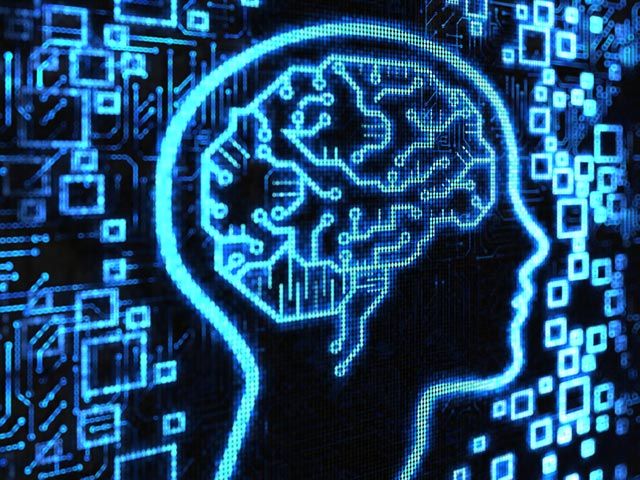
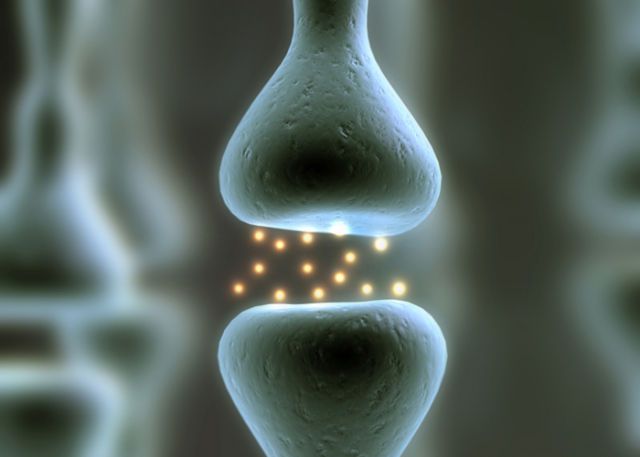
When not all men and women are created equal.
If futurist, inventor, and Google executive Ray Kurzweil is right about the future, we’ll all be augmenting our brains with extra capacity in the cloud at some point in the future.
Which sounds exciting, even if a little frightening.
But this very advance could also pave the way for the rich to become thousands of times smarter than poor people, which would likely permanently solidify and even exacerbate current socioeconomic stratifications. I asked Kurzweil if he saw that consequence as a possibility, and he strongly disagreed.
